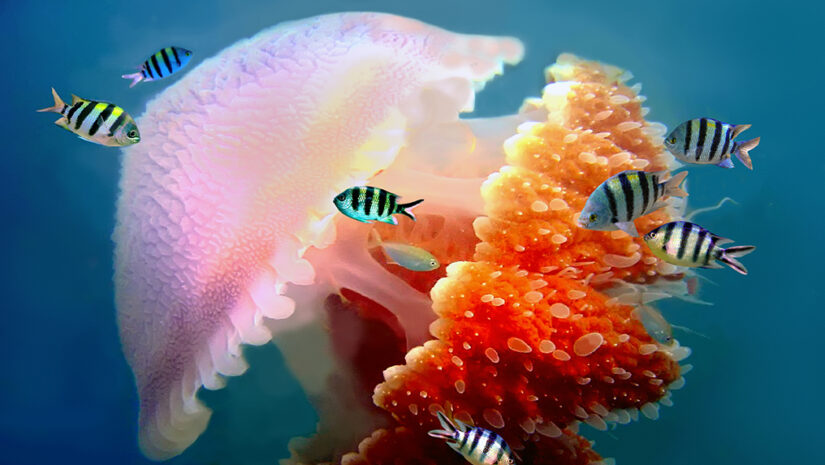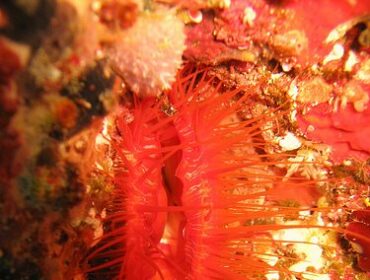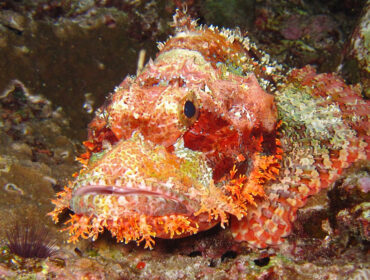More than 6 ft 7 inches wide, over 450 lbs…while it may sound more like a sumo wrestler description, we’re actually talking about the Giant Jellyfish or Nomura’s Jellyfish (Echizen kurage in Japanese) found lurking in the Yellow Sea and East China Sea. No stranger to Japanese waters, these giant jellyfish have been known to attack Japan’s coastline in swarms brought in by ocean currents and potentially cause severe losses to Japan’s billion-yen fishing industry.
Giant jellyfish are one of about 200 species of coastal jellyfish or large jellyfish worldwide. Nomura’s stand out because of their enormous size. Quite a spectacle for divers, the pink jelly-like mass with seemingly countless tentacles is, in fact, poisonous like all jellyfish. An Echizen’s sting can be fatal, causing fluid build-up in the lungs. Victims take up to a day to die, and there have been eight reported deaths from this particular type of jellyfish.
The news of such an invasion of Nomura’s jellyfish may bring a smile to a diver’s face and is often much awaited by scientists to study; local fishermen, however, are not impressed. In 2005, the Japanese fishing industry reported an estimated 300 to 500 million monster jellyfish to have passed through the Tsushima Strait into the Sea of Japan. The jellyfish destroy fishermen’s nets, getting trapped, tearing holes, and ruining catches. Their size often compared to that of sumo wrestlers, it only takes about 5 or 10 of them to destroy a commercial fishing net. In addition to damaging nets, the giant jellyfish are said to be responsible for killing other fish in the catch with their venom, capsizing trawlers, and stinging fishermen, much to the nightmare of fishermen.
Similar giant jellyfish attacks
It has been reported in 2002, 2005, 2008, and 2009, becoming an increasingly regular nuisance. Some theories surrounding the skyrocketing numbers of the giant jellyfish include overfishing in Chinese waters, decreasing the populations of the jellyfish’s natural predators, development of ports and harbors along the Chinese coast providing more structures for the Nomura larvae to attach themselves to, and thirdly, global warming which causes the heating up of the seawater and encourages jellyfish breeding. No definite cause has been identified, but studies are being undertaken to find out, while precautions to decrease the damage they cause are in full force.





